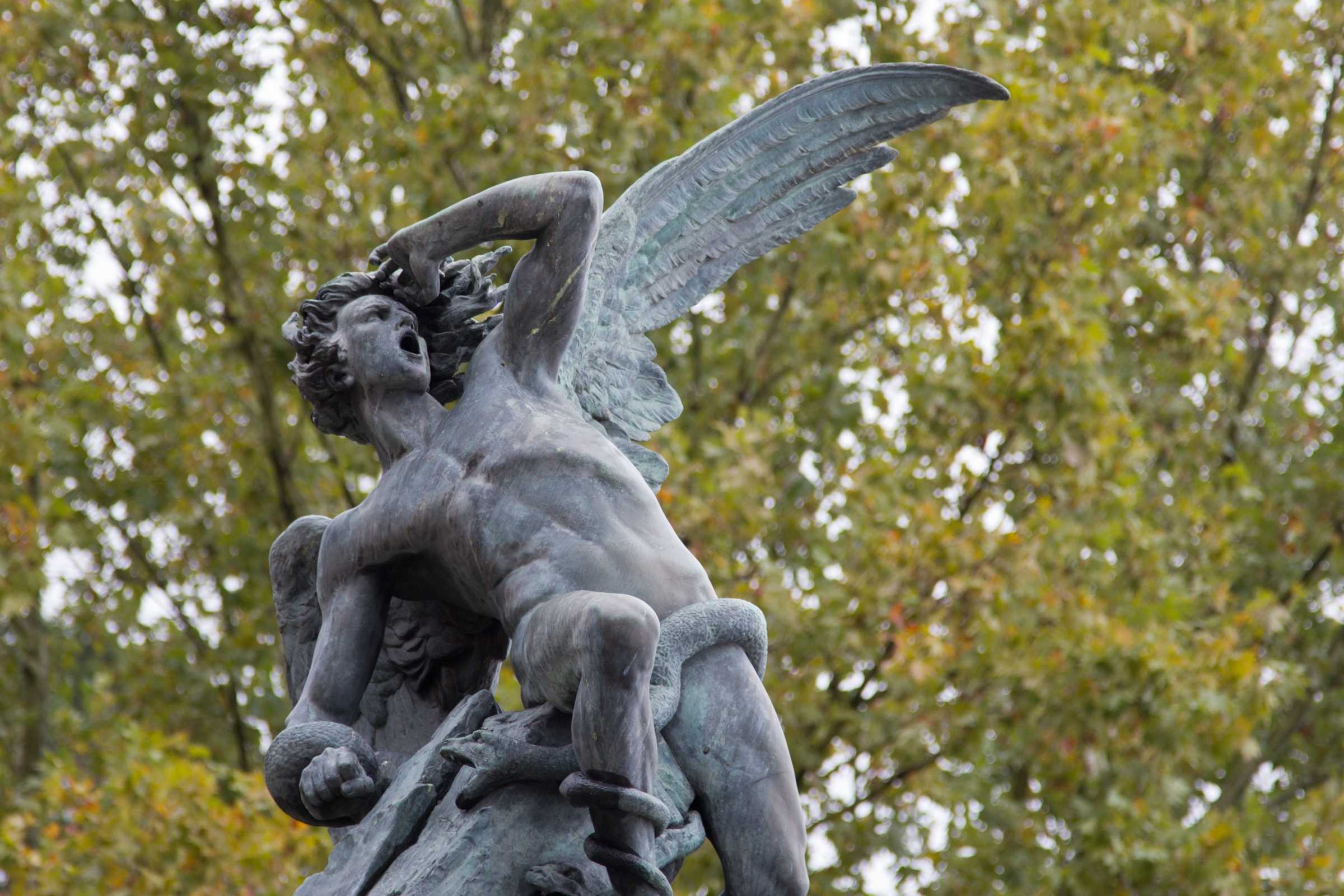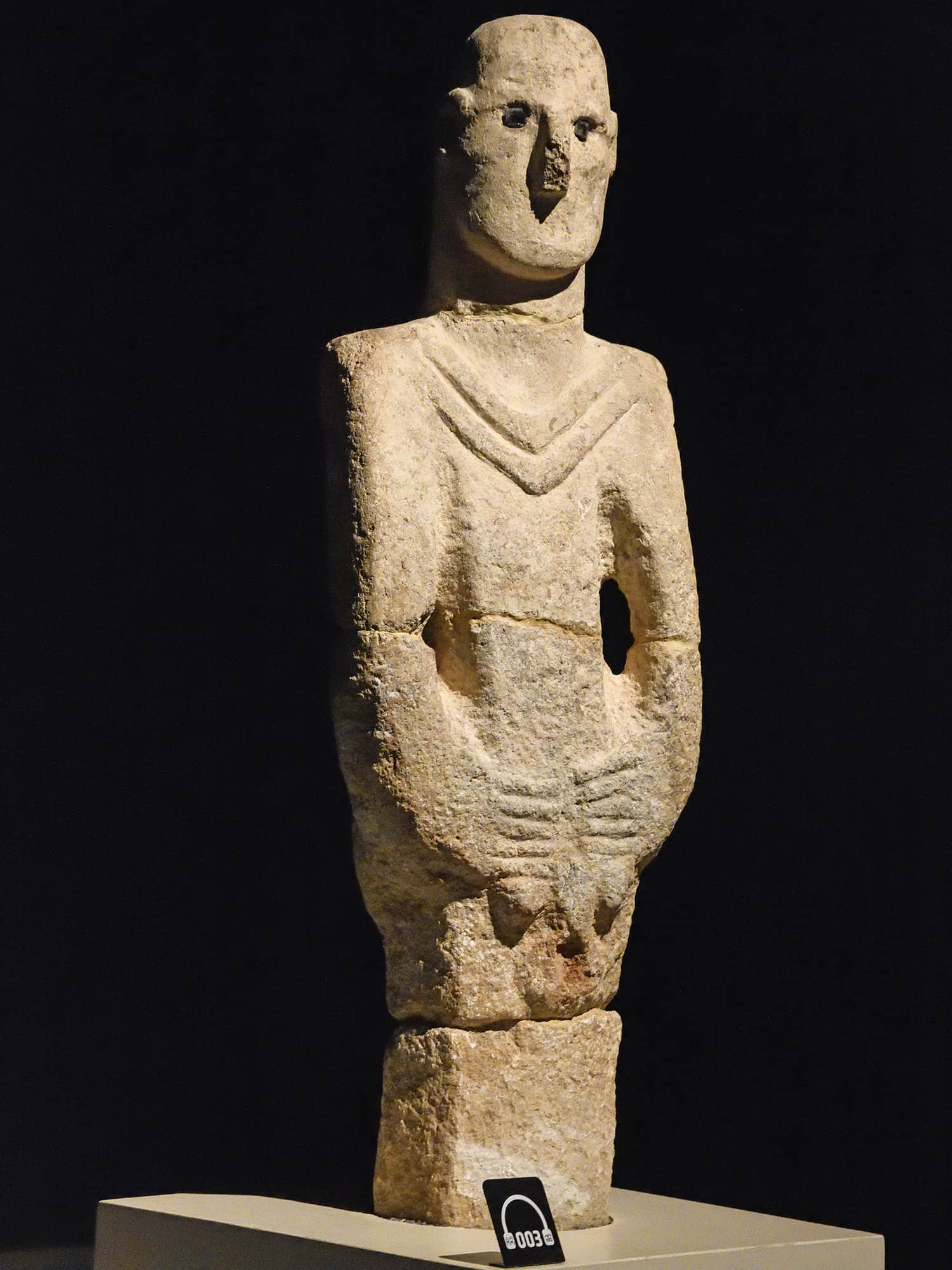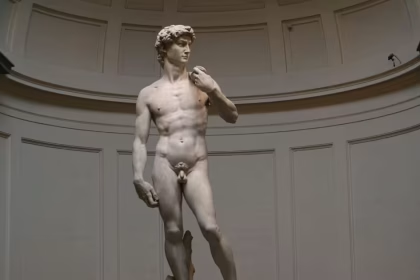Fountain of the Fallen Angel at a Glance
What is the Fountain of the Fallen Angel?
The Fountain of the Fallen Angel is a monument located in Retiro Park, Madrid, Spain. It consists of a statue and a pedestal, both original works by Ricardo Bellver and Francisco Jareo, respectively. The statue, also known as the Statue of the Fallen Angel, was inspired by John Milton’s Paradise Lost and depicts a fallen angel with a painful expression reflecting his deepest pain, dismay, pride, and obstinate hatred.
What is the history of the Fountain of the Fallen Angel?
The Fountain of the Fallen Angel was created by Ricardo Bellver in 1877 as a plaster sculpture during his pensioner years at the Spanish Academy of Fine Arts in Rome. The piece won the First Class Medal at the National Exhibition of Fine Arts in Madrid the following year, and the government purchased it for 4,500 Spanish pesetas with the intention of sending it to the Universal Exhibition of 1878 in Paris. However, it was ultimately cast in Paris and acquired by the Museo del Prado national museum. In 1885, it was installed in the vacant lot of the old Royal Factory of Buen Retiro in Buen Retiro Park and celebrated its formal opening.
Who commissioned the pedestal for the Fountain of the Fallen Angel?
The architect in charge of the Ministry of Public Works, Francisco Jareño y Alarcón, commissioned the pedestal for Bellver’s sculpture in May 1880. The pedestal had the form of a fountain with a large basin and was built from granite, metal, and stone. The pedestal also has bronze panels on all eight of its sides.
What is the design of the Fountain of the Fallen Angel?
The Fountain of the Fallen Angel is an impressive monument with an overall dimension of approximately 33 x 33 x 23 feet (10 x 10 x 7 m). The statue alone stands at 8.7 feet (2.65 m) in height. The circular parterre of boxwood surrounds the fountain. The granite water catchment area is octagonal, and the pedestal is highest in the middle. The major sculpture, the Fallen Angel, sits on top of the monument and is surrounded by devilish faces that depict demons holding lizards and snakes.
What is the significance of the location of the Fountain of the Fallen Angel?
The Fountain of the Fallen Angel is located in Retiro Park, Madrid, on the site of the Royal Factory of Buen Retiro, which was destroyed in 1813 during the Peninsular War (1807–1814). The location was selected by the City Council of Madrid as a gift to the public. The circular plaza where the monument now stands was previously occupied by several structures, including the hermitage of San Antonio Abad, a porcelain factory modeled after the one in Capodimonte (Naples), and a vacant lot for a long time.
In Madrid, Spain, you can find the Fountain of the Fallen Angel in the city’s Retiro Park. The Fallen Angel stands on the site of the Royal Factory of Buen Retiro, which was destroyed in 1813 during the Peninsular War (1807–1814). Both the main figure (by Ricardo Bellver) called the “Fallen Angel”, and the pedestal (by Francisco Jareo) are original works. The statue is also known as the Statue of the Fallen Angel or originally as “The Fuente del Ángel Caído.”
History of the Fountain of the Fallen Angel

The Fountain of the Fallen Angel was created in plaster by the Madrid sculptor Ricardo Bellver (1845–1924) during his third year as a pensioner at the Spanish Academy of Fine Arts in Rome in 1877.
At the National Exhibition of Fine Arts in Madrid the following year, he won the First Class Medal with the Fountain of the Fallen Angel by a margin of five votes to two.
The third and fourth stanzas of Canto I of the English poet John Milton’s Paradise Lost serve as inspiration for the sculpture, as noted in the exhibition catalog:
“For his pride he falls from heaven with all his host of rebellious angels, never to return to it. He waves his eyes around, and blasphemously fixes them on the empyrean, reflecting in them the deepest pain, the greatest dismay, the most dismal pride, and the most obstinate hatred.”
Paradise Lost, Canto I by Milton
After an evaluation by the Exhibition Jury, the government purchased the piece for 4,500 Spanish pesetas with the intention of sending it to Paris for the Universal Exhibition of 1878.
Because the Paris exhibition only allowed sculptures made of marble or bronze, preparations were made to cast the Fountain of the Fallen Angel in one of those materials. Bellver suggested Rome as the location, but the Thiébaut Frères foundry completed the project in Paris.

The Museo del Prado national museum eventually acquired the Fountain of the Fallen Angel (which did not have a fountain yet). Benito Soriano Murillo, its director, proposed an outdoor exhibition to the General Directorate of Public Instruction in October 1879.
(… ) the statue of the Fallen Angel, for the boldness of its composition, for its original attitude, and also for the material in which it has been cast, perhaps does not produce all the desired effect, enclosed as it is in the narrow confines of a room, while placed in a public place, in the open air with more space and horizon, it would advantageously show off the merit of such a beautiful creation, serving at the same time as an ornament and thus initiating the public in the contemplation of the good models of plastic art that so powerfully contributes to its culture.
Benito Soriano
The City Council of Madrid graciously accepted the artwork as a gift to be displayed in a public area of the Spanish city. The vacant lot of the old Royal Factory of Buen Retiro in Buen Retiro Park was selected as the location for the monument.
A pedestal for Bellver’s sculpture was commissioned by the architect in charge of the Ministry of Public Works, Francisco Jareño y Alarcón, in May 1880. The pedestal had the form of a fountain, with a big basin, and was built from granite, metal, and stone. In 1885, the statue celebrated its formal opening.
A polyester resin on silicone mold reproduction of the Fountain of the Fallen Angel has been on display in the museum of the San Fernando Fine Art Royal Academy (Madrid) since the 1990s.
The Fountain of the Fallen Angel’s Design

Environment
Several structures were originally located in the space that currently serves as the Fallen Angel’s circular plaza. The hermitage of San Antonio Abad, also known as San Antón, dates back to the Habsburg era and is the first of its kind.
After its destruction, Charles III had a porcelain factory built that was modeled after the one at Capodimonte (Naples). After the factory burned down during the Spanish War of Independence (also known as the Peninsular War), the land where the Fountain of the Fallen Angel now stands was abandoned for a long time.
The Paseo del Duque Fernan Nunez, Paseo de Cuba, and Paseo del Uruguay are three of the park’s paved roadways that now merge at the Glorieta.
Fountain
The overall dimensions of the statue are around 33 x 33 x 23 feet (10 x 10 x 7 m). Bellver’s Fallen Angel alone stands at an impressive 8.7 feet (2.65 m) in height.
A circular parterre of boxwood surrounds the fountain. The granite water catchment area is octagonal in form and quite vast. The pedestal is highest in the middle. It rests on an octagonal granite foundation that slopes like a pyramid and has bronze panels on all eight of its sides.
There are three water spouts in each of these devilish faces, which depict demons holding lizards and snakes. Two additional, less steeply inclined, truncated pyramidal bodies rest on this foundation. And finally, the major sculpture, the Fallen Angel, atop the monument sits on a third, much shorter body made up of three circular stairs.
A big serpent wraps around the Fallen Angel’s torso as he rests on some rocks that serve as a foundation. Bellver’s composition of diagonal lines and expressiveness owes a great deal to the Baroque (particularly Bernini) and the Romantic (especially Michelangelo), as well as the Hellenistic (especially Laocoon and his sons).
Curiosities
In Madrid, at an official topographic height of 2,185 feet or “666” meters (one of the most widely recognized symbols for the Antichrist) above sea level, you’ll find the Fountain of the Fallen Angel.
This striking similarity to the so-called Number of the Demon, together with the widespread but mistaken assumption that the monument is some kind of “homage” to Lucifer, evil, or the heretical, has piqued the interest of a number of those interested in esotericism.
Averaging 666 meters above sea level is not an unusual occurrence in Spain’s capital, Madrid.
Many people think that the Fountain of the Fallen Angel is the only memorial that references the devil, yet they couldn’t be more wrong.
Tandapi (Quito, Ecuador) has a sculpture of Lucifer atop the Monument to the Traforo del Frejus, much like Turin (Italy). “El poder brutal” (the brutal power) is shown in the title of this piece. The Havana (Cuba) National Capitol also has the Statue of the Rebel Angel.





